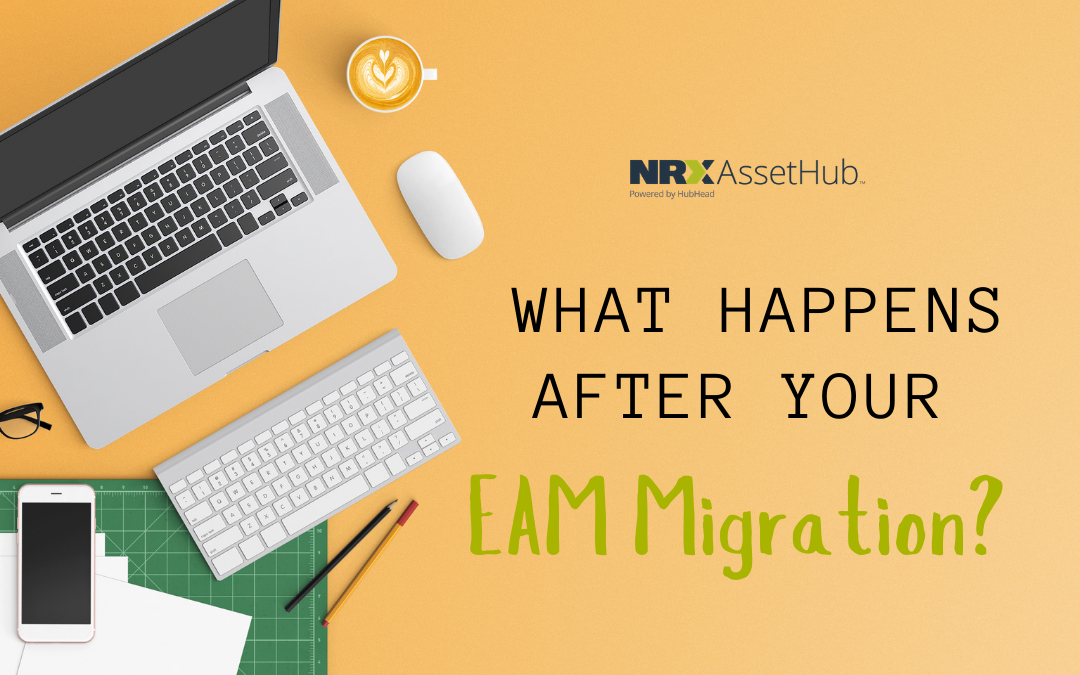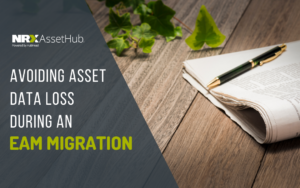You have probably been using your existing EAM software for a few years now, which has made you comfortable with its features and user experience. However, when you migrate to a new EAM/ CMMS software, there can be low user acceptance and lack of trust due to poor asset and maintenance data quality.
Challenges with poor quality data
With poor data quality in your new EAM system, maintenance, reliability, and asset integrity are some of the critical factors that are impacted the most. Eventually, with poor data quality, your organization becomes wary of your new EAM software, and as a result, software usage decreases.
The effects of poor data quality on maintenance include decreased wrench time, missing skills, or even inefficient use of specialized skills. As such, maintenance costs are bound to increase due to poor quality CMMS data, leading to increased overtime and decreased productivity.
In terms of the effects on reliability, poor data quality can increase failure rates and downtime due to staff having trouble finding the right kind of information. Unscheduled repairs can also come up during the process, which usually takes longer than scheduled maintenance repairs.
With inaccurate asset data, asset integrity takes a toll since predicting and avoiding operational failures is reduced. There is also the possibility of an increased risk of environmental and safety incidents.

How does this affect your implementation?
After all, migrating your data from your legacy system to your new EAM/ CMMS software is a lengthy process. You should especially consider a data cleanse or an audit to ensure that poor quality data does not get in the way of maximizing your new EAM software’s benefits. If you are planning a migration and would like to know more about setting up all your data in your target EAM, feel free to book a demo with us, and we’d be happy to get in touch with you!
Avoiding Asset Data Loss During an EAM Migration
Buried in your EAM system?
What Could Go Wrong With An EAM Migration?
Share this article




